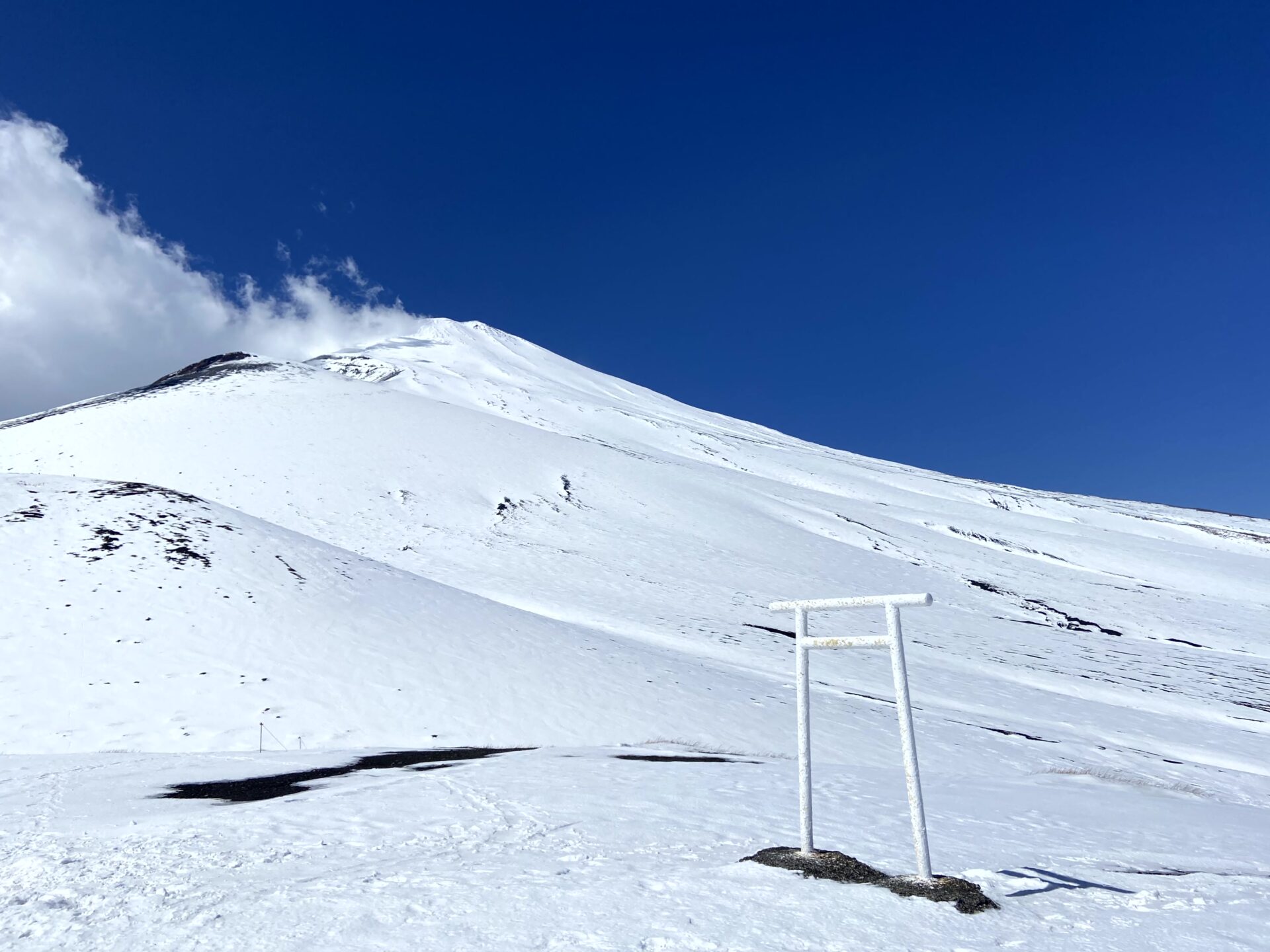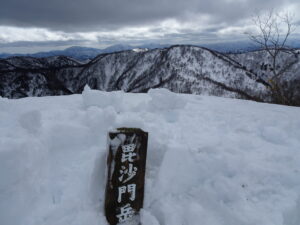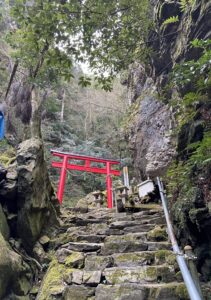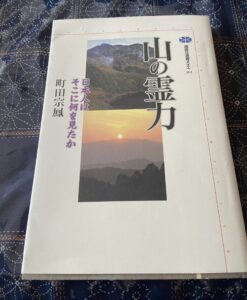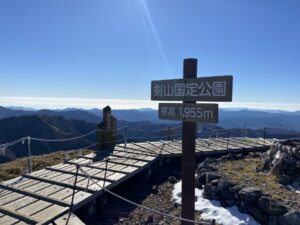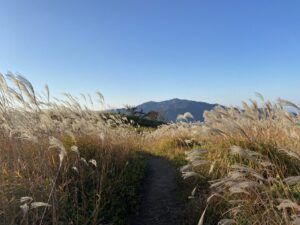Despite the long-term forecast predicting a warmer March, we’ve been experiencing snowy and cold days. With the cherry blossom season just around the corner, I’ve decided to write about my trip to Mount Fuji on March 9th and 10th.
We left Osaka early on Saturday morning and arrived at the Jūrikigōgen parking area by 9:30 am. That day, we climbed Echizen Dake, the highest peak in the Astaka mountain range, standing at 1504 meters. Since we planned to ski mountaineer on Mount Fuji’s Hōei-zan the following day, we chose Echizen Dake for our arrival day as a mountain that offers views of Mount Fuji during the climb.
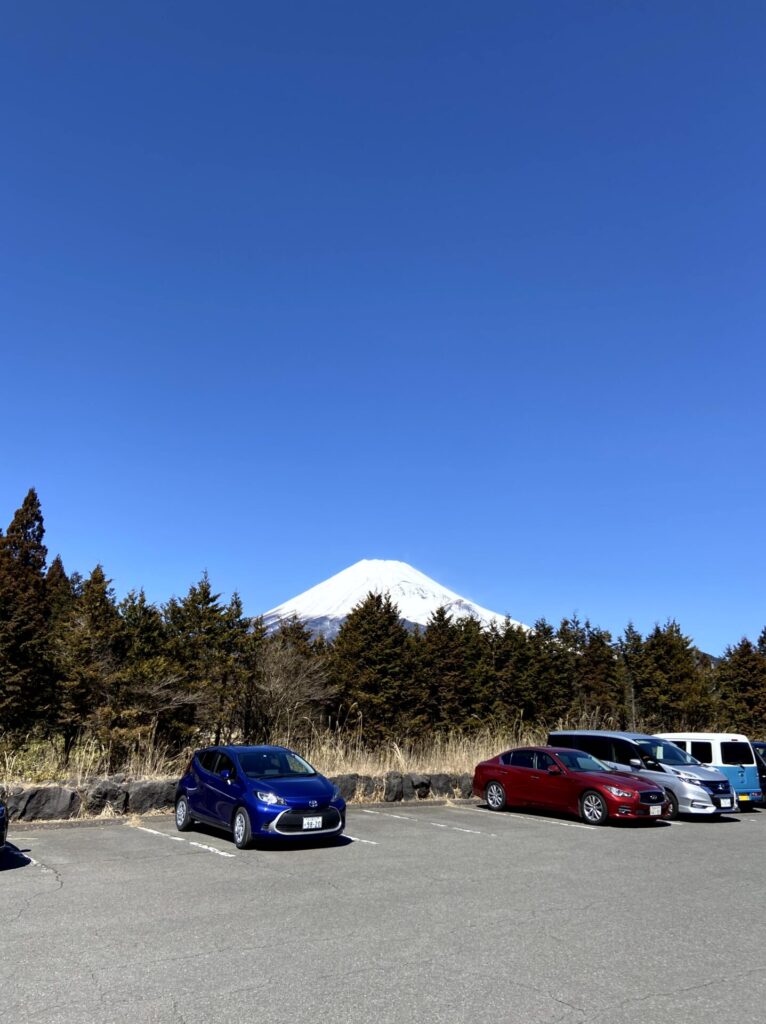
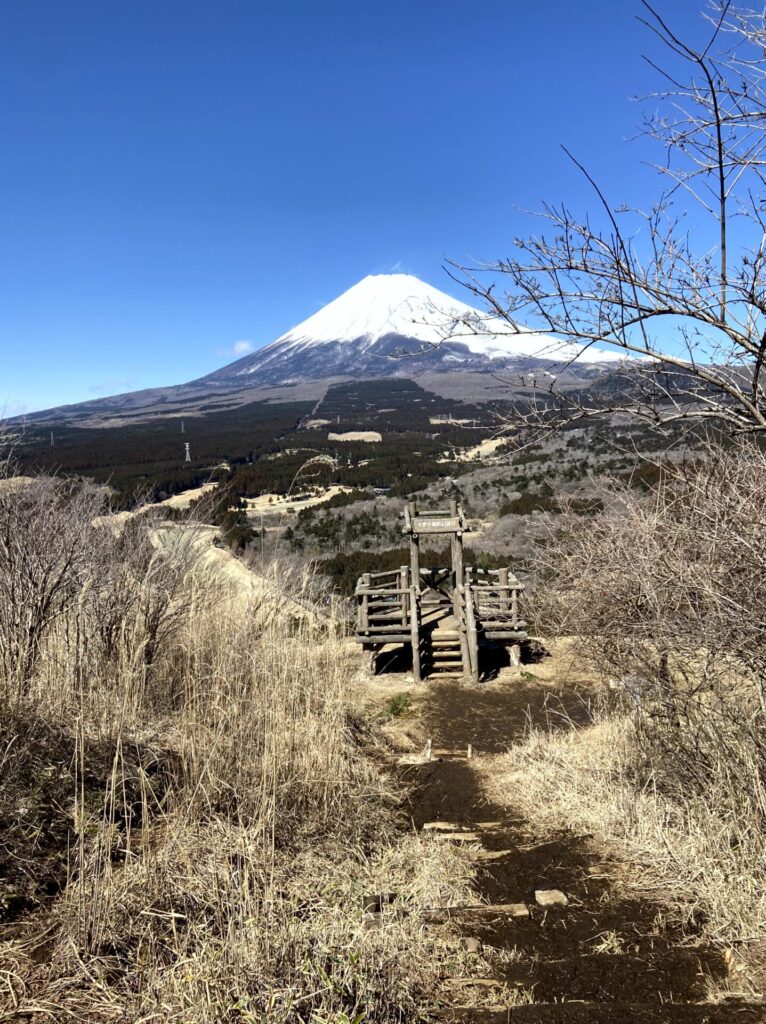
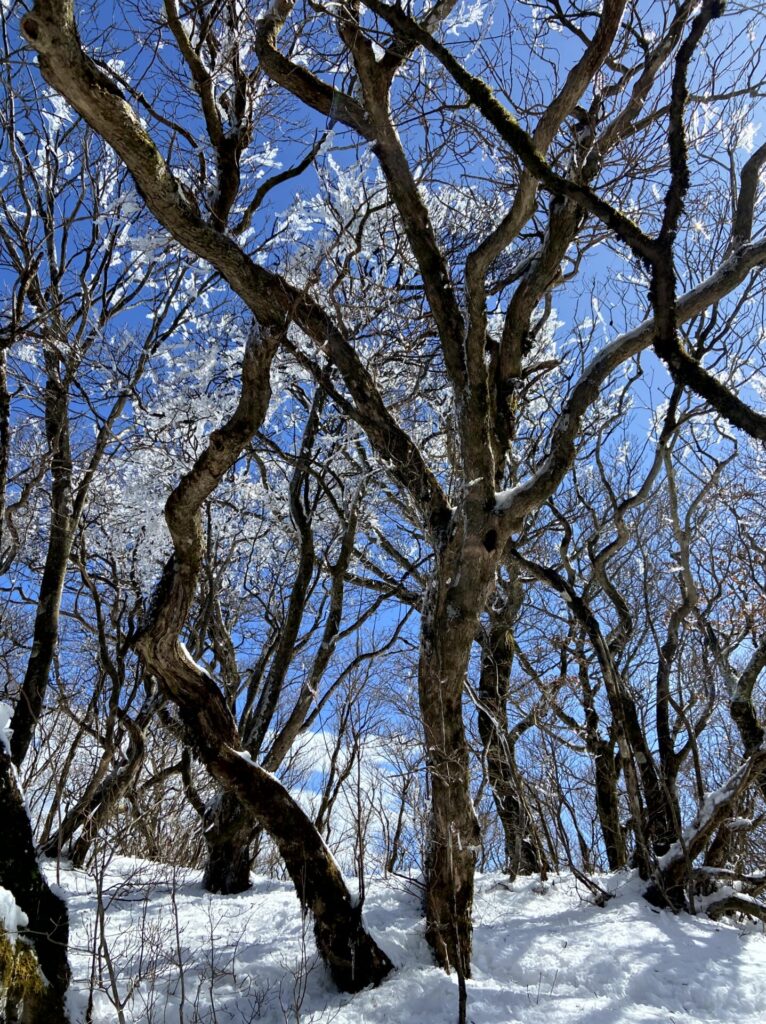
From the parking lot, you can see Mt. Fuji adorned with snow under a perfectly blue sky. The prevalence of vehicles from different prefectures indicates its popularity as a climbing destination. Shortly after starting from the trailhead and ascending some stairs, there’s an observation deck where Mt. Fuji appears imposingly close, offering a breathtaking and immediate presence.
As you continue to ascend, the landscape quickly turns into a snowy scene. The snow that fell last night has transformed into rime ice, making the icy trees look like chandeliers. Ice clinging to the branches falls with a rustling sound. The patterns of the branches are precisely etched into the ice, captivating you with the natural beauty of these frosty sculptures.
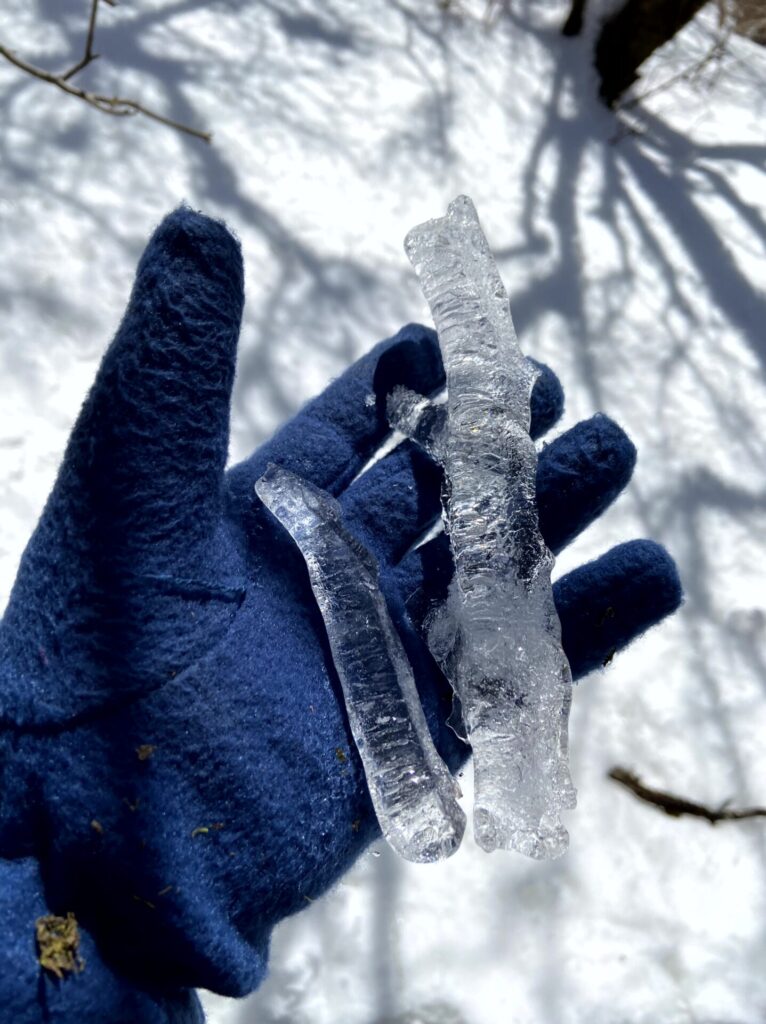
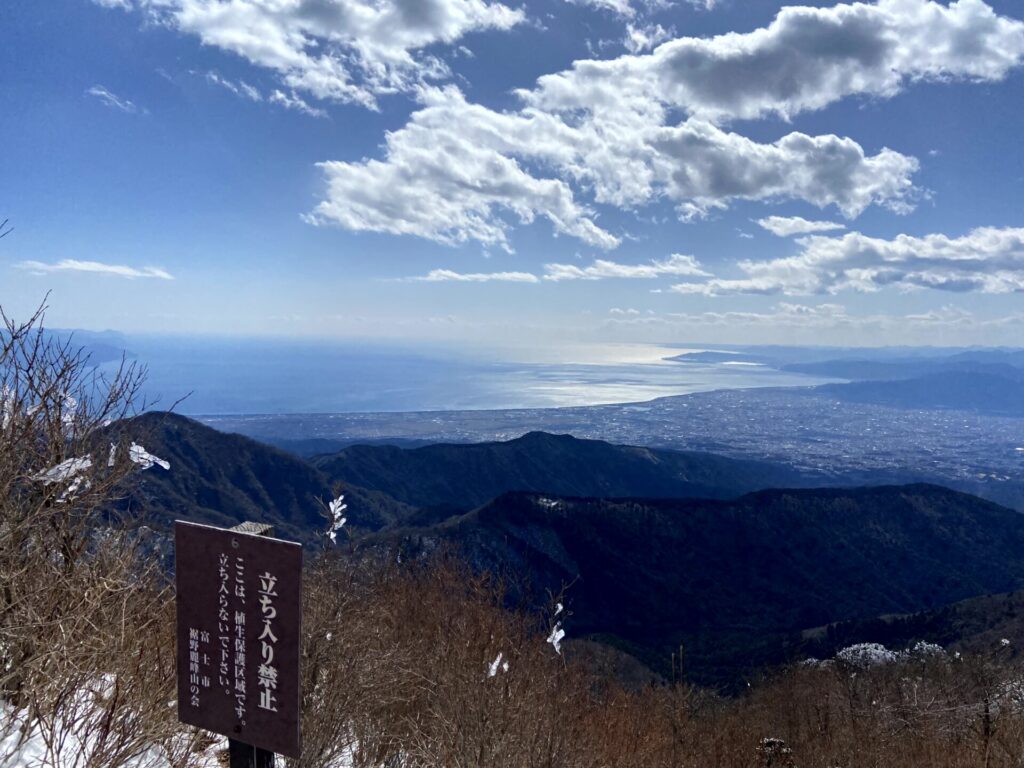
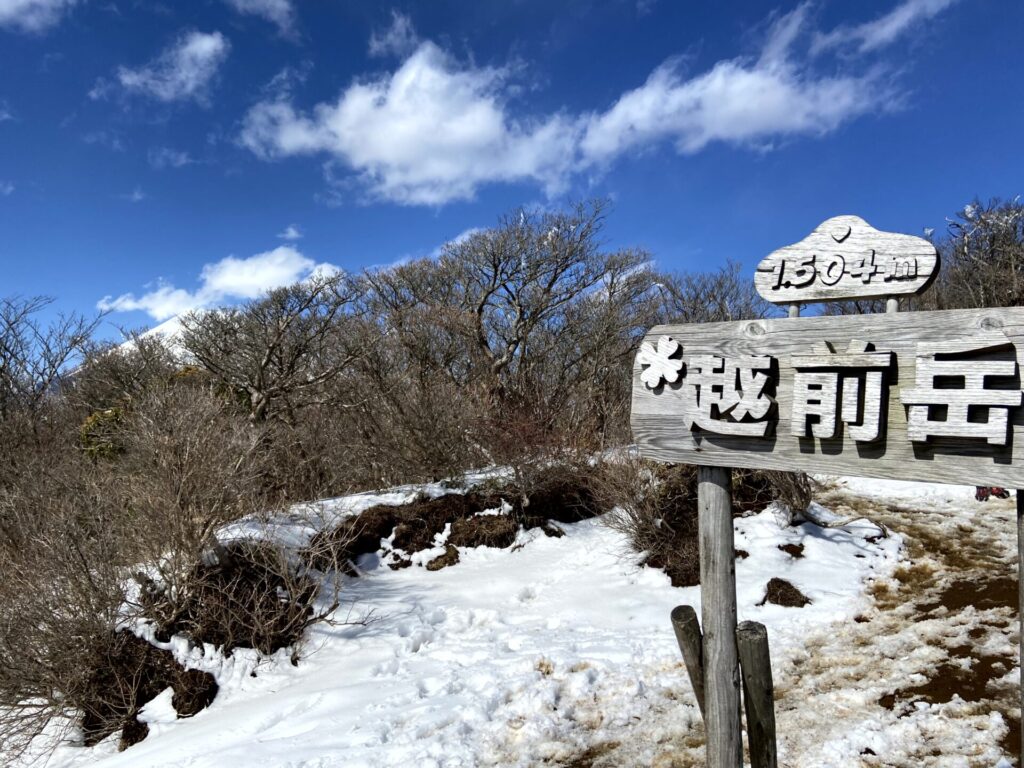
From the summit, you can see the Izu Peninsula. Grateful for the weather, we enjoyed a luxurious lunch at the summit with a view of the sea, albeit just cup noodles and a sweet bun.
When Kansai residents hear “Echizen,” they often think of Fukui, but does the name of this mountain have a real connection to Fukui’s Echizen?
We descended the same route we came up and headed to a hot spring, followed by dinner at Roadside Station Fujioyama. The night brought a fierce storm, leaving us worried about what the next day would bring. However, we were greeted by a calm morning with no wind.

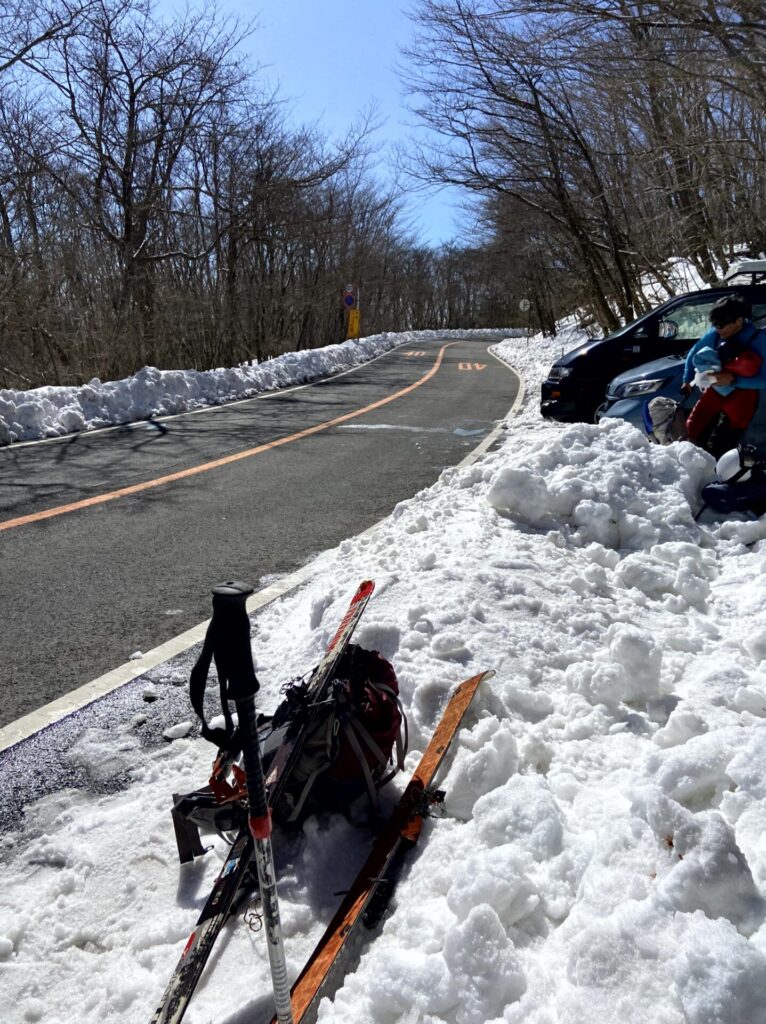
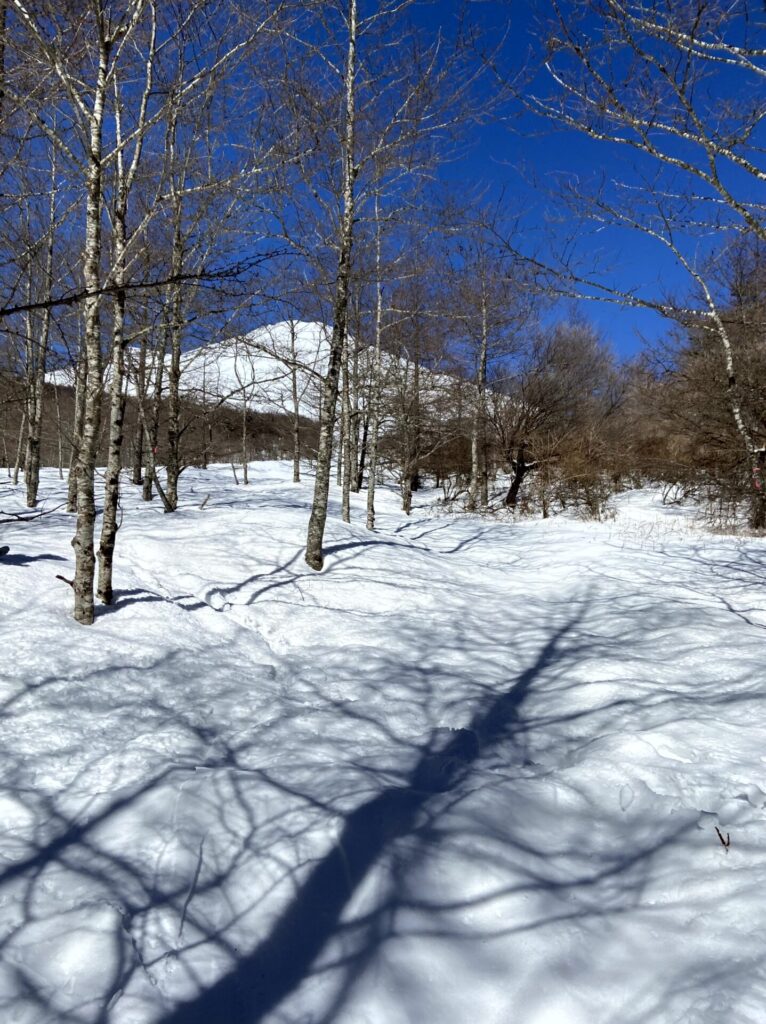
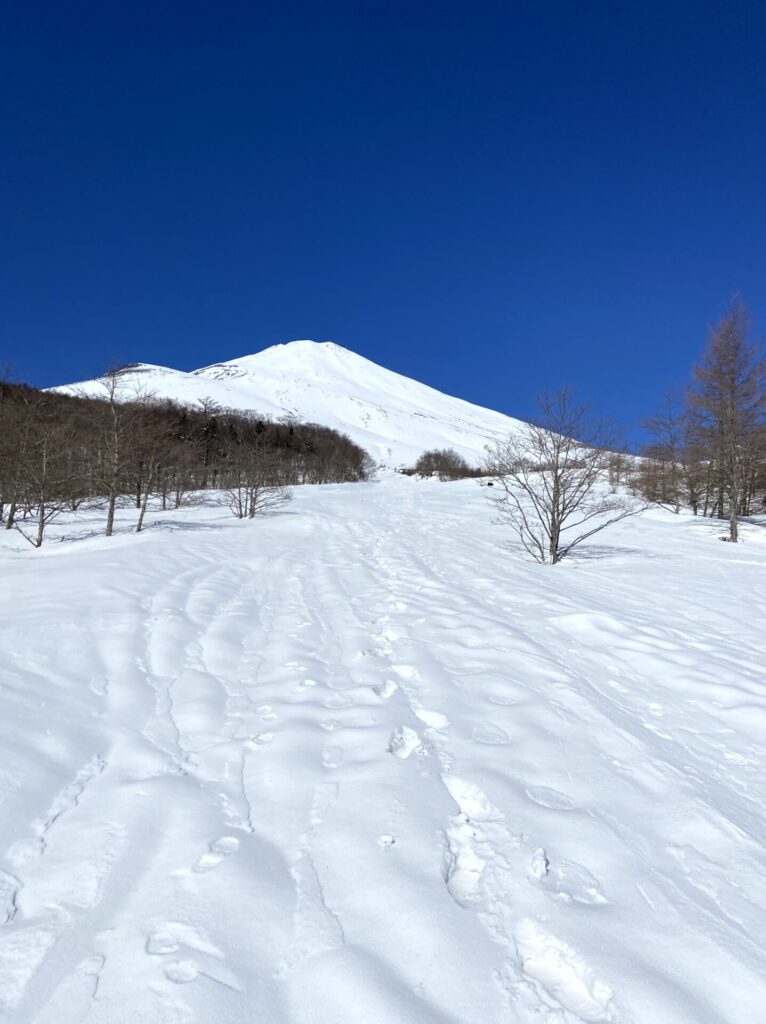
After preparing for ski mountaineering, we moved to Tarōbō to climb Mount Hōei. The parking space is limited to 2-3 cars along the roadside, and according to the locals, only the truly dedicated climbers attempt to ascend from here during this season.
We also saw a group of children starting their outdoor school from this spot. Upon talking to them, it was revealed that this was a children’s outdoor school organized by an acquaintance of our friend. Watching them play joyously on the snow warmed my heart. Playing with sleds under the clear blue sky with Mt. Fuji in view will undoubtedly become a cherished memory that stays with them as they grow older. Who knows, among these kids, a great mountaineer might emerge. It’s truly wonderful. It made me wish I could join the outdoor school and be a child again (^^).
According to information from backcountry skiers coming down, Mount Hōei had turned into a hard ice crust, which seemed a bit challenging for my skill level. Therefore, we decided to limit our climb to Futatsuzuka for the day.
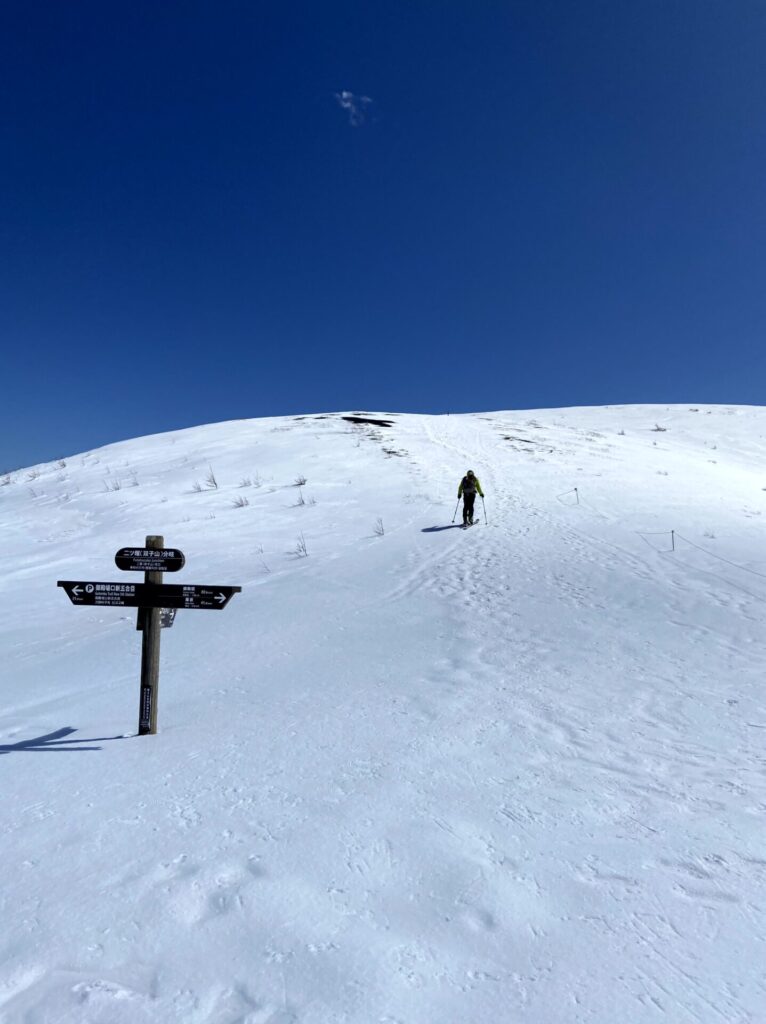
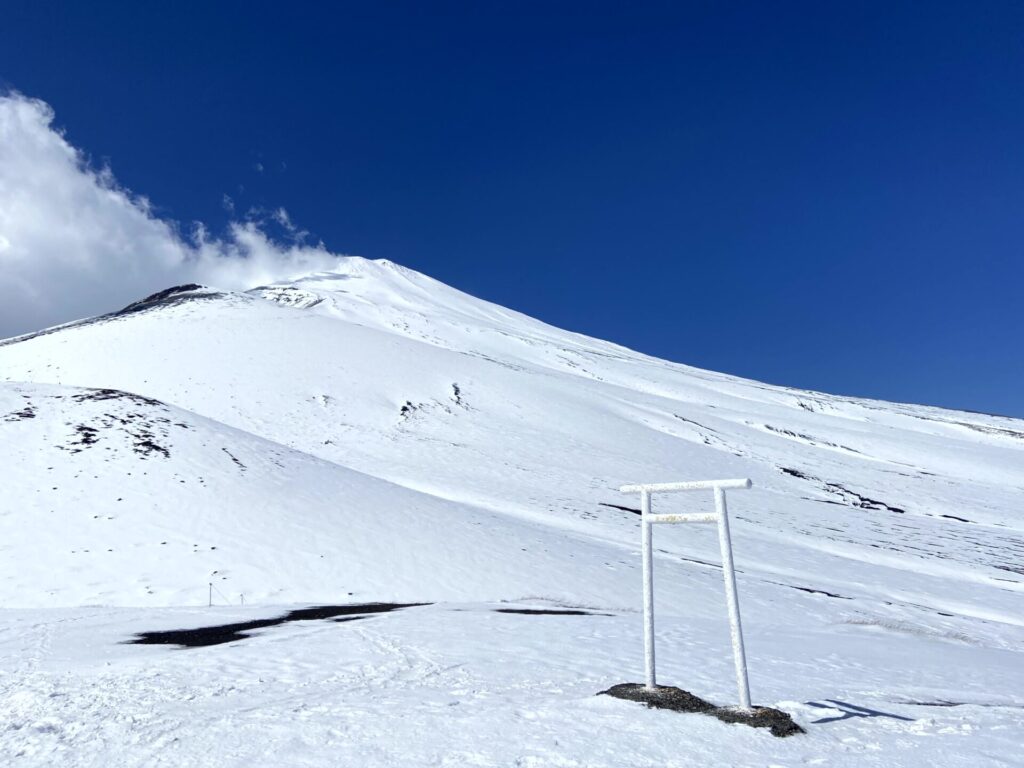
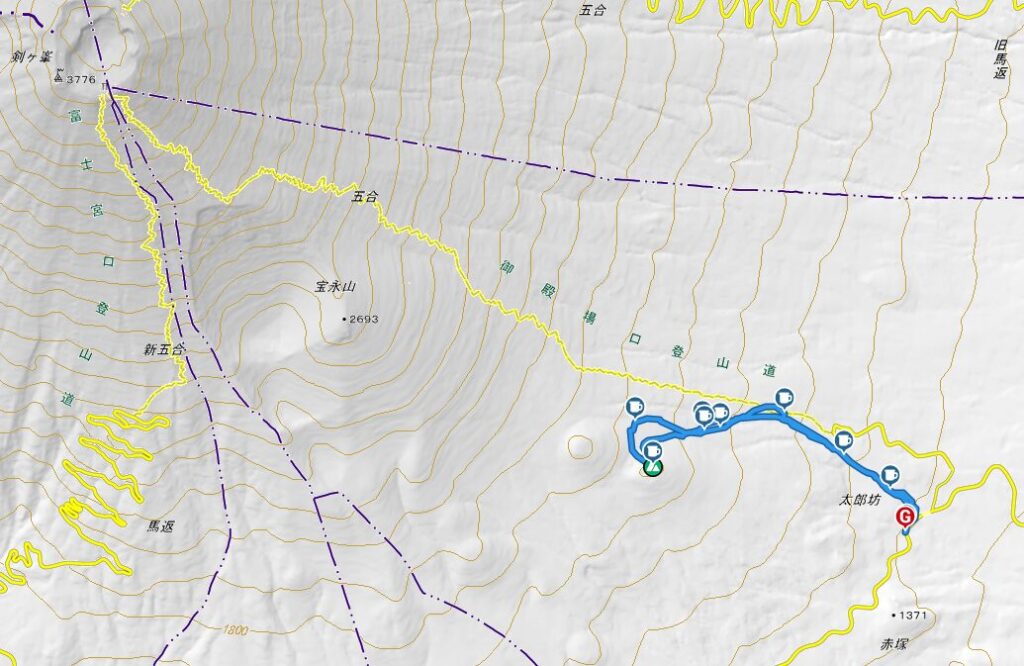
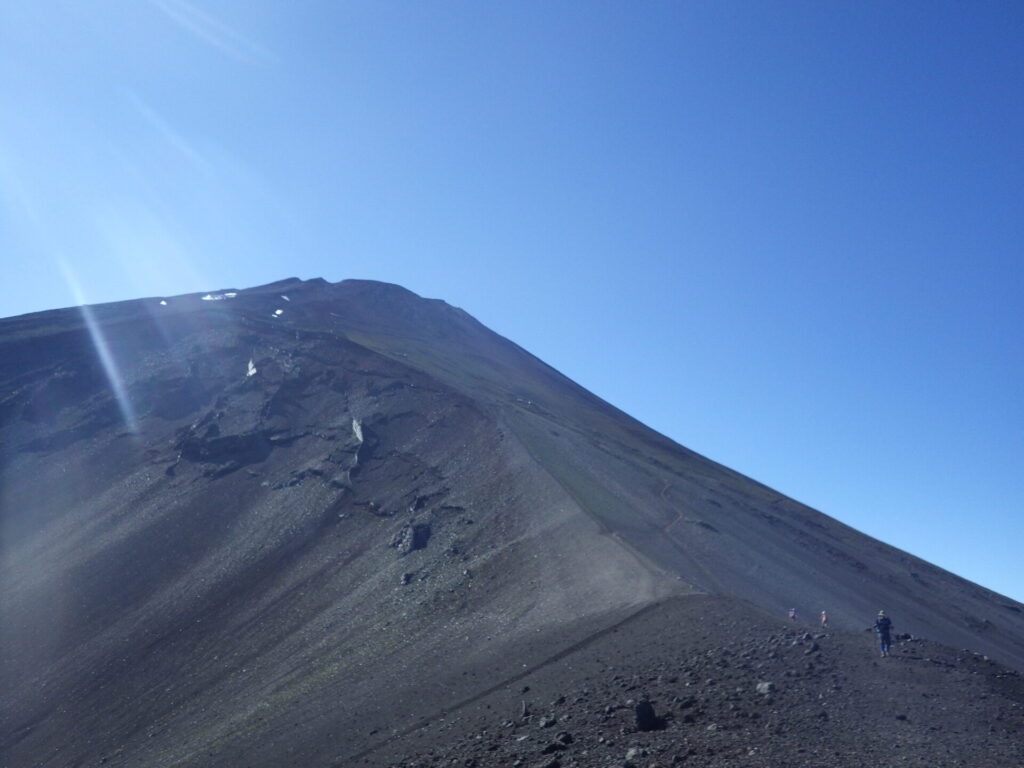
When I climbed Mt. Fuji in the summer, I took photos of the Hōei crater. Walking alongside the crater made me feel as if I were on another planet, but seeing Mt. Fuji draped in snow also gave me the sensation of being at the edge of the universe. There’s something unique about Mt. Fuji that you don’t experience with other mountains.
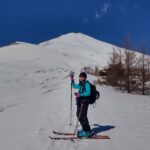
See you in next blog!

